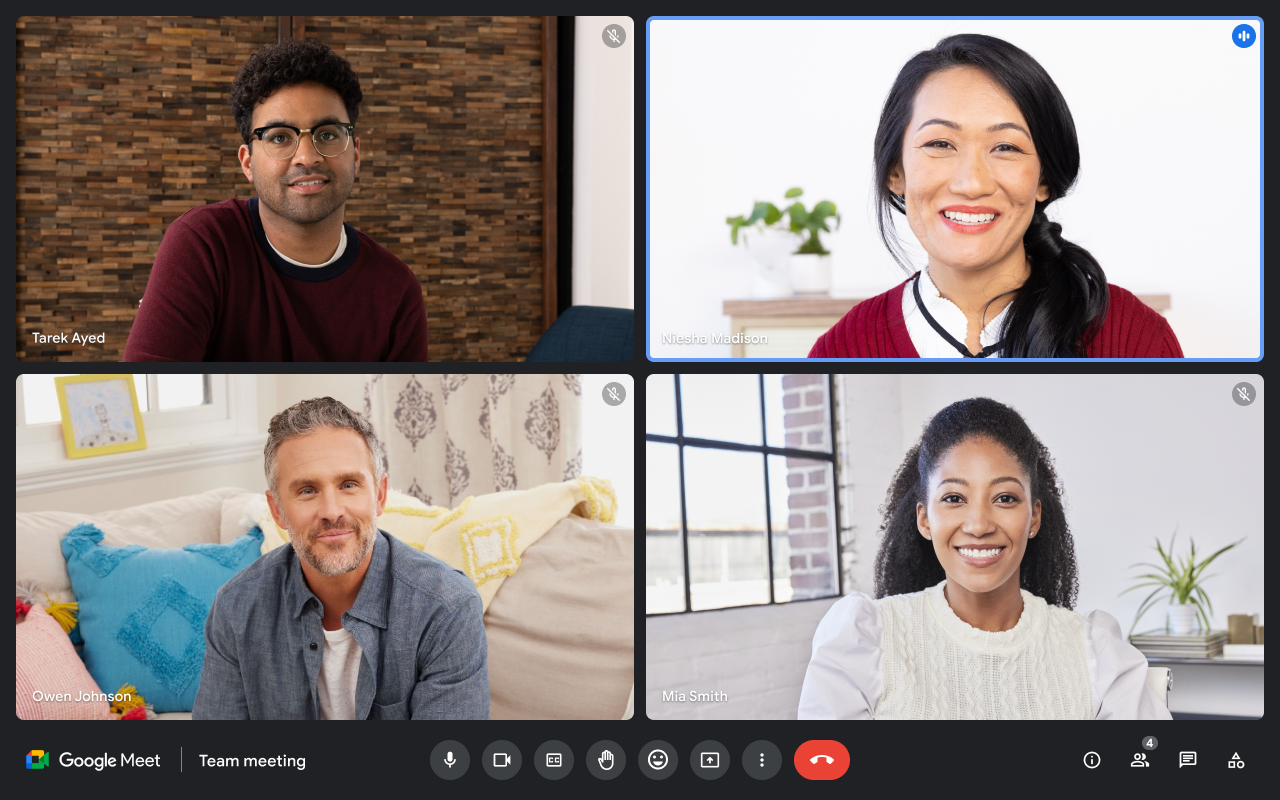Creating an exceptional online course requires deeply understanding your student’s needs and preferences. One invaluable source of insight is student feedback. By actively listening to your learners and incorporating their input into your course content, you can create a more engaging and effective learning experience. This blog post will explore three essential steps to improve your course content based on valuable student feedback. Let’s dive in and unlock the secrets to enhancing your online course!
TL;DR
- Step 1: Encourage Open and Honest Feedback
- Step 2: Analyse Feedback with a Critical Eye
- Step 3: Implement Changes and Continuously Iterate
Alright, lets deep dive into these steps.
Step 1: Encourage Open and Honest Feedback

The first step towards improving your course content is establishing an environment encouraging students to provide open and honest feedback. Create multiple channels for feedback, such as surveys, discussion boards, or one-on-one conversations. Ensure that students feel comfortable expressing their thoughts, ideas, and concerns.
Consider using anonymous surveys or feedback forms to make the feedback process even more effective. This allows students to share their opinions without any fear of judgment. By fostering an open and safe feedback culture, you’ll receive candid insights that can drive meaningful improvements in your course content.
Certain LMS tools or Zoom Apps will allow you to automate feedback collection after each and every live session.
Step 2: Analyse Feedback with a Critical Eye

Once you’ve gathered substantial student feedback, it’s time to put on your analytical hat and dig deep into the data. Look for common patterns, recurring themes, and key insights from the feedback. Identify the areas where your course content excels and those requiring attention and refinement.
Pay close attention to constructive criticism and suggestions from your students. Are there specific topics they found challenging? Do they feel that certain concepts could be explained more effectively? By thoroughly analyzing the feedback, you’ll gain valuable insights into the areas of improvement that will significantly impact your course content.
Step 3: Implement Changes and Continuously Iterate

Armed with the insights from student feedback, it’s time to take action and implement necessary changes to your course content. Focus on the areas identified for improvement and develop a plan to address them. This may involve rewriting sections, adding more examples or real-world applications, or incorporating interactive elements to enhance student engagement.
Remember that course improvement is an iterative process. Don’t be afraid to experiment and test different approaches based on student feedback. Monitor the impact of your changes and gather additional feedback to validate the effectiveness of the modifications. Continuously refining and iterating your course content based on student feedback will continuously enhance the learning experience.
Improving your course content based on student feedback is dynamic and ongoing. By actively seeking feedback, carefully analyzing the insights, and implementing necessary changes, you can create a more engaging and effective learning experience for your students. Remember that student feedback is a valuable gift that allows you to align your course content with their needs, preferences, and learning goals. If you want to make quick changes to the course content as you go along, the Wise course builder will greatly help!




